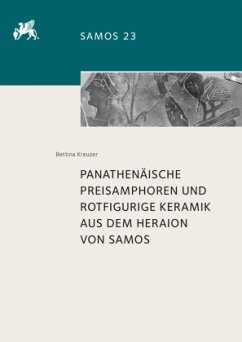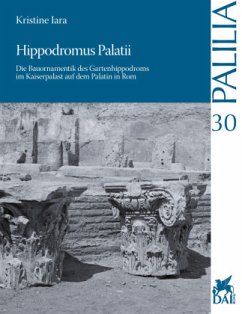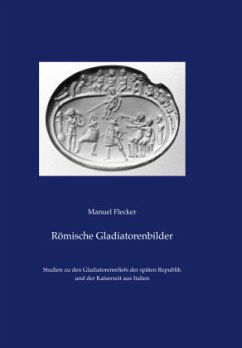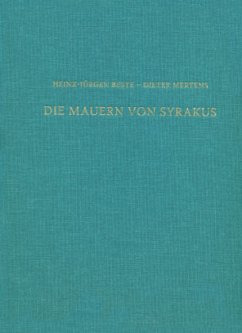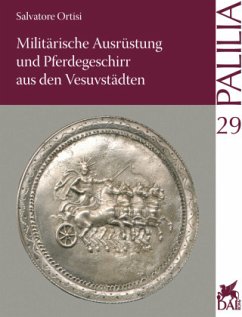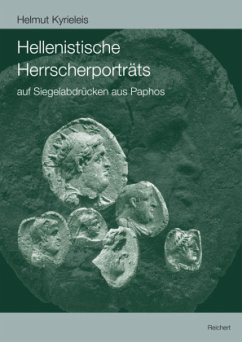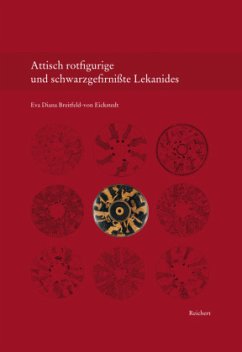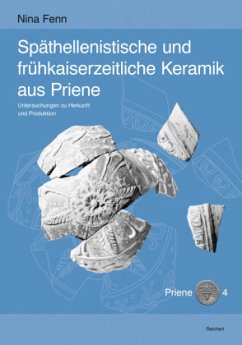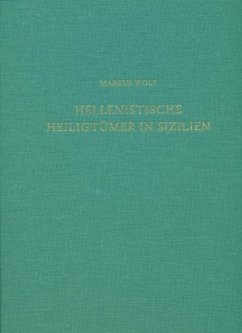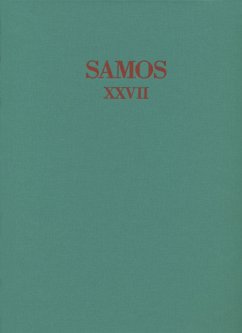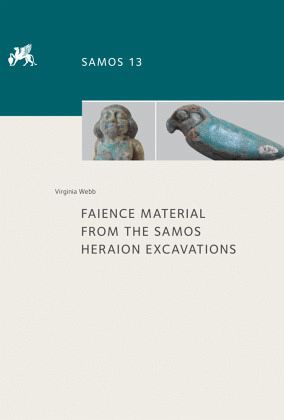
Faience material from the Samos Heraion excavations
Versandkostenfrei!
Versandfertig in 2-4 Wochen
85,99 €
inkl. MwSt.

PAYBACK Punkte
43 °P sammeln!
The Heraion on Samos has been known since excavations began in the early nineteen hundreds as the find place of exotic and unusual objects brought as gifts for the goddess Hera from regions outside Greek lands, both East and West, dedicated in the sanctuary and finally buried in deposits of ex-votos. This long awaited study of the objects made of faience complements previous major studies in the Samos series on Cypriot limestone and terracottas (Schmidt) and Egyptian and Near Eastern bronzes (Jantzen). Faience is a colourful and attractive material used for both perfume vessels, figurines, and...
The Heraion on Samos has been known since excavations began in the early nineteen hundreds as the find place of exotic and unusual objects brought as gifts for the goddess Hera from regions outside Greek lands, both East and West, dedicated in the sanctuary and finally buried in deposits of ex-votos. This long awaited study of the objects made of faience complements previous major studies in the Samos series on Cypriot limestone and terracottas (Schmidt) and Egyptian and Near Eastern bronzes (Jantzen). Faience is a colourful and attractive material used for both perfume vessels, figurines, and amulets, but its manufacture is alien to Archaic Greece. Thus it forms part of the interchange of imported technologies and styles which characterises the Orientalising movement in Greece, and it illuminates new routes of contact between Greece and the old world of Egypt and the Near East. Faience objects of unmistakable Egyptian origin come from the Heraion (though they are in the minority). But the greatest number are those which belong to the first two phases of the faience industry, established in East Greece in the second half of the seventh century: in particular they include a large body of figurines which clearly reference foreign cult. The strongest influence on these faience objects comes from the Egyptian sphere, although the exact path this took is still unclear, and other probably Near Eastern influences are also detectable. Samos has already yielded a large number of high quality Egyptian bronzes of XXV/XXVIth Dynasty date, which are the subject of much discussion as to their purpose and dedication. Virginia Webb has an unrivalled knowledge of the faience objects and their context in the East Greek and Egyptian worlds and this book promises to expand our knowledge of this important but up to now little known aspect of foreign dedications.
Dieser Artikel kann nur an eine deutsche Lieferadresse ausgeliefert werden.



